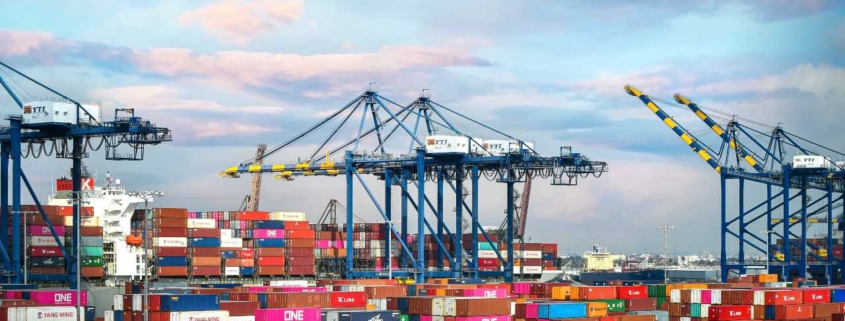Global Supply chain and Climat change.
Asia is most affected by increasing natural disasters. Of all victims of natural disasters, 86% are in Asia. How does it relate to a Global Supply Chain that increasingly has its foundation in the Asian region.
IPCC
IPCC’s report last September is quite clear. Climate change is becoming increasingly visible. The evidence, also corrected after all criticism, remains upright. IPCC also concludes that the emission of climate gases such as CO2 and methane continues to rise, mainly due to an increase in the commissioning of coal-fired power stations and the low coal price. It is also concluded that natural disasters such as hurricanes and floods receive an extra boost from climate change. Asia still has many super storms ahead.
Vulnerable
In Asia there are many low-lying areas where large concentrations of residents [cities] are present. It goes without saying that there are also many companies that perform all kinds of partial production at low costs. As soon as a disaster occurs like in the Philippines or Japan, the Global Supply Chain is immediately disrupted.
On the other hand, the resilience of local areas is very low. You are probably familiar with the images of affected civilians who need water and food on the one hand, which is present at airports and ports but does not reach the affected areas. The poor infrastructure, corruption and bureaucratic governments are partly to blame for this.
But we must also remember that such a disaster would disrupt every country completely. The superstorm was at least the size of the whole of the Netherlands. Try to imagine what still remains in the Netherlands. Here too life would come to a complete standstill. The 1953 disaster is small work compared to such a superstorm.
However, many supply chains depend on the Asian region. Seventy percent of companies believe their supply chain is at significant risk. [CDP report] The likelihood of curbing climate change in time is diminishing day by day, prompting Global supply chain managers to proactively respond to this.
Save by reduction.
Despite the significant risks that companies run, they hardly invest in measures to combat climate change. While this is the best conceivable and also the cheapest solution in the long term. It is mainly suppliers who drop out. Large global players invest up to three times more than suppliers. The companies that make investments also realize significant savings. Of all suppliers, 29% are actively investing and have saved € 10.2 billion.
With the increasing impact of Climat Change on our life and work, it is all the more necessary to work hard on it. The natural disasters in Japan and the Philippines will no longer be an exception, but daily fare. That is not yet cause for panic, but the urgency is obvious. Climatchange is a fact and already costs a lot of money. Doing nothing is the worst option imaginable.









